Vocal; Music Theory Book 1
1/134
Earn XP
Description and Tags
Pace Vocal for Dancers Mid-Term Review
Name | Mastery | Learn | Test | Matching | Spaced |
|---|
No study sessions yet.
135 Terms
Accelerando
Gradually faster
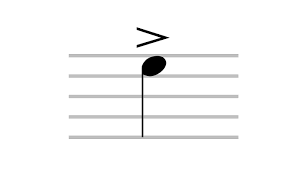
Accent
Play the note louder, with a special emphasis
Accidental
A flat, sharp, or natural sign that appears within a piece of music
Adagio
Slow
Allegro
Quickly, cheerfully
Adante
Moving along (Walking speed)
Articulation
The manner in which a note is performed
Bar Line
The lines which cross the staff and divide it into measures or bars
Bass Clef
The clef used for notes in the lower pitch ranges
Acronym for Bass Clef
Good Boys Do Fine Always
Bass Staff
The staff on which the bass clef is placed. The two dots of the clef surround the line on which the note F is placed
Clef
A sign that helps organize the staff so notes can easily be read

Coda
An added ending
Count-off
The introduction given before a piece of music is performed to indicate the tempo of the beat

Crescendo
Gradually louder
D.C. (Da Capo)
Repeat from the beginning
D.C. al Coda
Repeat from the beginning and play to coda sign, then skip to coda
D.C. al Fine
Repeat from the beginning and play to the end (fine)

Decrescendo/Diminuendo
Gradually softer
Dot after a note
Increases the value of the notes duration by half the original value
Dotted Half Note
In 3/4 and 4/4 time, it receives 3 beats
Dotted Quarter Note
In time signatures with a 4 as the bottom number, it receives 1 ½ beats
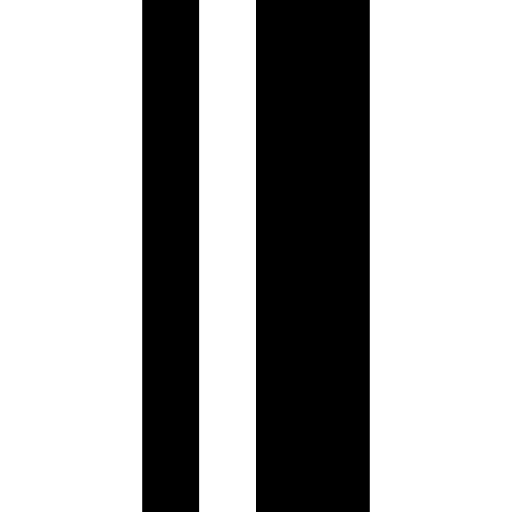
Double Bar
Musical notation written at the end of a piece of music
D.S. (Dal Segno)
Repeat from the dal segno sign
D.S. al Coda
Repeat from the dal segno sign and play to coda sign, then skip to coda
D.S. al Fine
Repeat from the dal segno sign and play to the end (fine)
Dynamic Signs
Indicate the volume, or how soft or loud the music should be played
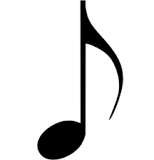
Eighth Note
In time signatures with a 4 as the bottom number, it receives 1/2 beat
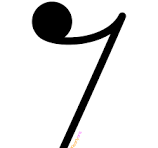
Eighth Rest
In time signatures with 4 as the bottom number it receives 1/2 beat of silence
Enharmonic Notes
Two notes that sound the same but are written differently
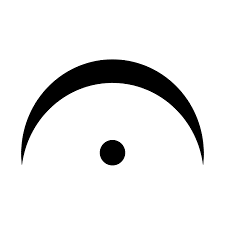
Fermata
Hold the note for longer than its normal value
Fine
The end
1st and 2nd endings
Play or sing through the 1st ending to the repeat sign, then go back to the beginning, skip the 1st ending and play the 2nd
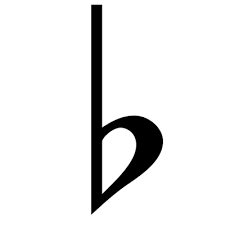
Flat
Lowers the pitch by one half step
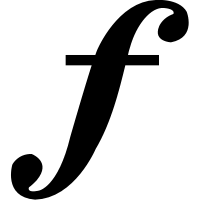
Forte
Loud
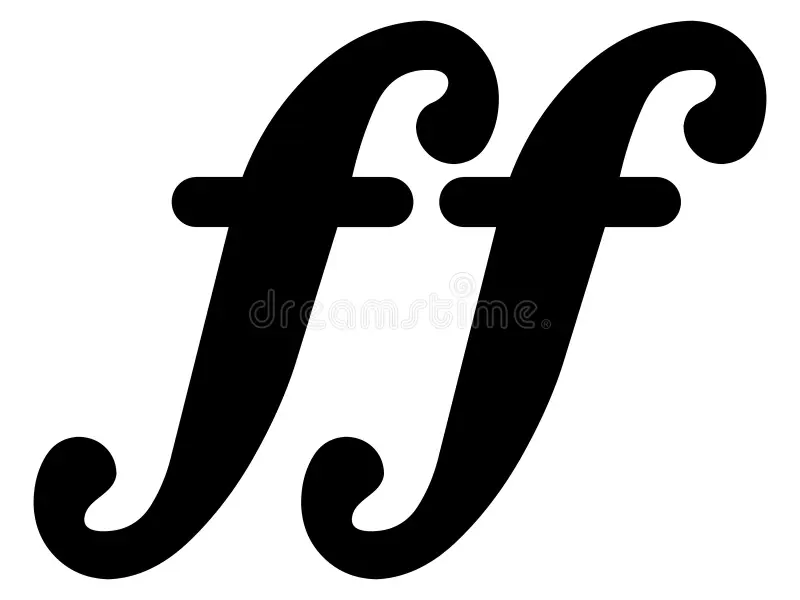
Fortissimo
Very loud
Grand Staff
The bass staff and the grand staff connected by a brace and a line
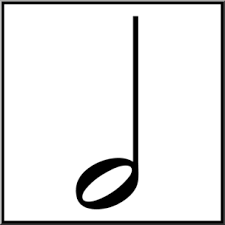
Half Note
In time signatures with a 4 as the bottom number, it receives 2 beats
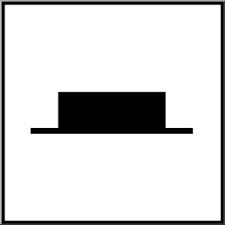
Half Rest
In time signatures with 4 as the bottom number, it recieves 2 beats of silence
Half Step
The distance from any key on the keyboard to the very next key above or below, whether black or white
Largo
Very slow
Ledger Line
Short lines which are added to extend the range of the staff when the notes are too low or too high to be written on the staff
Legato
To play or sing 2 or more notes smoothly connected
Measure (or Bar)
The area between two bar lines
Mezzo
Moderately
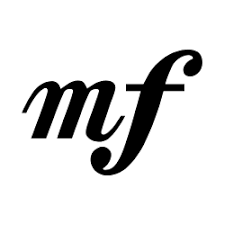
Mezzo Forte
Moderately loud
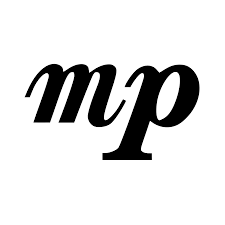
Mezzo Piano
Moderately soft
Middle C
The note in the middle of the grand staff and the C nearest the middle of the keyboard
Moderato
Moderately
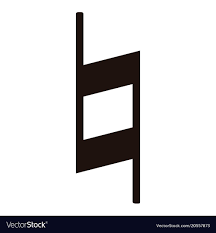
Natural Sign
The natural sign before a note cancels a previous flat or sharp
Notes
The oval-shaped symbols that are placed on the lines and in the spaces of the staff. They represent musical sounds called pitches
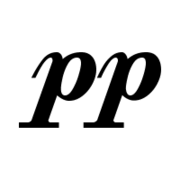
Pianissimo
Very soft
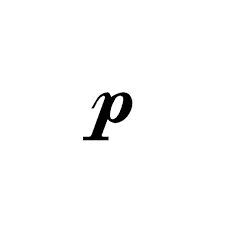
Piano
A musical sound
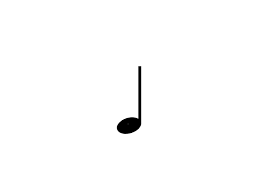
Quarter Note
In time signatures with 4 as the bottom number, it receives 1 beat
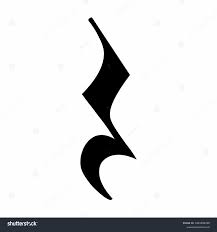
Quarter Rest
In time signatures with 4 as the bottom number, it recieves 1 beat of silence
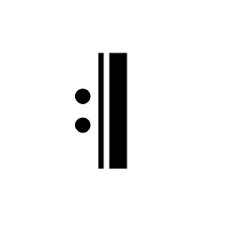
Repeat Sign
Return to the beginning or previous repeat sign at the beginning of the section
Ritardando
Gradually slower
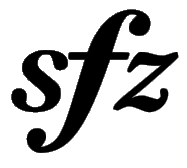
Sforzando
A sudden, strong accent
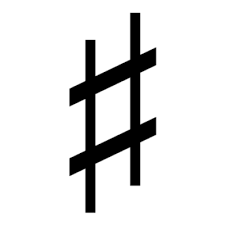
Sharp
Raises the pitch by one half step
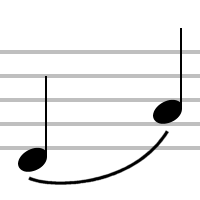
Slur
Smoothly connects two or more notes of different pitches by a curved line over or under the notes
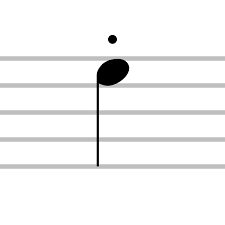
Staccato
Play the note short and detached
Staff
The five lines and the four spaces between them on which music nots and other symbols are written
Tempo
A word meaning “rate of speed”. It tells how fast or slow to play the music
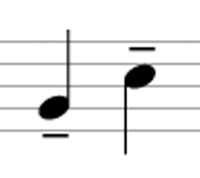
Tenuto
Hold the note for its full value
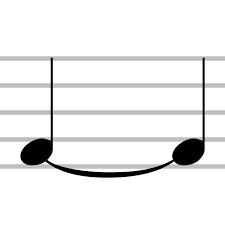
Tie
Two notes of the same pitch joined by a curved line over or under the note. Each note joined by a tie is held for its full value but only the first note is played or sung
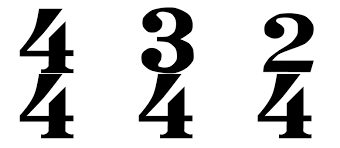
Time Signature
Appears at the beginning of the music after the clef sign. It contains two numbers. The upper number tells how many beats are in each measure; the lower number indicates what type of note receives 1 beat
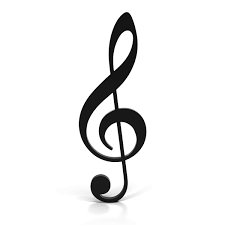
Treble Clef (or G Clef)
The clef used for notes in the higher pitch ranges
Treble Staff
The staff on which the treble clef is placed. The curl of the treble clef circles the line on which the note G is placed
Vivace
Lively and fast
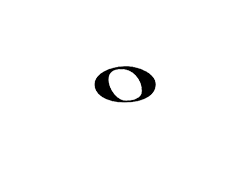
Whole Note
In time signatures with 4 as the bottom number, it receives 4 beats
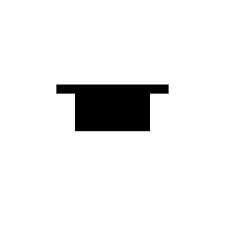
Whole Rest
Means to rest for a whole measure
Whole Step
The distance from any key on the keyboard to two keys above or below
“The Treble Clef is also called…”
The G Clef
“What line does the Bass Clef sit on?”
The 4th line
“What note is middle C?”
C4
“The Bass Clef is also called…”
The F Clef
“The line through middle C is called?”
Ledger Line
“What direction and side do stems extend from when the note is on or above the 3rd line?”
Down and to the left
“What direction and side do stems extend from when the note is below 3rd line?”
Up and to the right
“How long should stems extend to?”
The space or line with the same letter name above or below
“In 4/4 time how many quarter notes equal a whole note?”
4
“In 4/4 time how many quarter notes equal a half note?”
2
“In 4/4 time how many half notes equal a whole note?”
2
“In 4/4 time how many half notes equal 4 quarter notes”
2
“The upper number of a time signature indicates…”
How many beats are in each measure
“The lower number of a time signature indicates…”
What type of note receives 1 beat
“A half note + A half note = how many beats?”
4
“How many whole rests equal 2 half rests?”
1
“How many half rests equal 4 quarter rests?”
2
“How many quarter rests equal a half rest?”
2
“How many quarter rests equal a whole rest?”
4
“Where does a whole rest sit?”
Hangs down from the 4th measure
“Where does a half rest sit?”
On the 3rd line
“Music is divided into equal parts by…”
Bar Lines
“A…is written at the end of a piece of music”
Double Bar
“When a time signature contains a 4 as the top number, it means…beats in each measure”
4
“When a time signature contains a 4 as the bottom number, a quarter note receives…beat”
1
“When a time signature contains a 2 as the top number, it means…beats in each measure”
2
“What rest is never used in 2/4 or 3/4 time?”
Half rest
“What note is never used in 2/4 or 3/4 time?”
Whole note